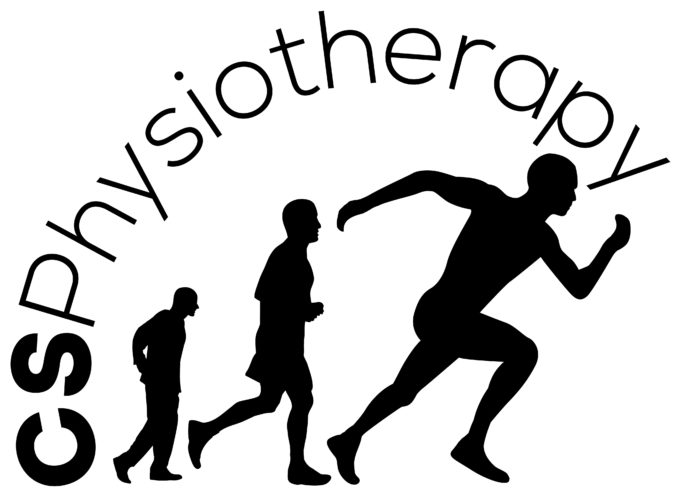For many, the cause of foot pain which stops them from running is a dreaded condition called plantar fasciitis.
Plantar fasciitis is a real problem in the running population, and something that can often by quite easily treated and self administered. Therefore, no costly bills, or visits to the docs, chiropractors or even the feared physio or soft tissue therapist.
First of all, lets discover in a little more detail what plantarfasitis actually is and where it comes from. The plantar fascia is, in its simplest term the soft tissue that runs underneath your foot. It is a thick, dense type of tissue that many believe blends from the calf muscles all the way underneath the sole, to the front of your foot. The name for the type of tissue that it forms the plantarfascia is ‘aponeurosis’ which is basically a name of a tissue which is sheet like in nature and forms a base for attachment for multiple muscles……..something that is hugely important when you consider the foot and the amount of muscles that are within the area. As the name suggests, the aponeurosis does have neural components within it, therefore it can be a very sensitive site of pain causing huge amounts of restriction. There is also a ‘deep plantar ligament’ which runs down the arch of the foot allowing it to provide a ‘sprung’ effect to the foot itself.
[restrict userlevel=”subscriber”]
During walking and movement, the arch or the plantarfascia is supposed to go through stages of tension and relaxation as the foot is moving through its range. In addition to this, it also acts to limit the sole or arch of the foot from flattening out completely. Not only does the natural recoil of the plantarfascia help to give the body spring, it also allows for a more effective shock absorption mechanism and reduction of power into the foot, ankle and higher up the leg.
So why all the talk about feet I hear you ask?
Well the answer is, this type of injury is one of the most restricting injuries found in running, it can come out of the blue and be limiting for many months. It can also seem extremely hard to treat with no light at the end of the tunnel. Fortunately, there are some prevention tips and even treatment methods that can be employed to help.
It is thought that there are two primary ways of developing plantar fascisitis, with each being as sore and as restrictive as the other:
Traction Plantar Fasciitis
Plantar fasciitis symptoms are usually exacerbated via “traction” (or stretching) forces on the plantar fascia. In simple terms, you plantar fascia is repeatedly overstretched. The most common reason for the overstretching are an elongated arch due to either poor foot biomechanics (eg overpronation) or weakness of your foot arch muscles.
Compression Plantar Fasciitis
Compression type plantar fascia injuries have a traumatic history. Landing on a sharp object that bruises your plantar fascia is your most likely trauma.
The location of plantar fasciitis pain will be further under your arch than under your heel, which is more likely to be a fat pad contusion if a single trauma caused your pain.
The compression type plantar fasciitis can confused with a fat pad contusion that is often described as a “stone bruise”.
So how does this condition present itself?
The symptoms of plantarfascitis, particularly that of a traction nature is quite obvious once you know what you are looking for. Typically, you will find that the pain is first felt right by the hell of the foot and is particularly worse after long periods of inactivity. It is often described as a sharp burning type sensation under the foot, made worse by lengthening the fascia, ie going on tip toes. The pattern of pain does however tend to reduce once you have got yourself moving, only to return again on cessation of movement.
So the million dollar question: What treats it?
The answer is, as always, prevention. There are a few things that can be done to ensure that you reduce the stress that is being placed on the plantarfascia:
• Reduce calf tightness
• Ensure proper fitting trainers
• Have your running gait analysed
• Use a ball to help keep the aponeurosis loose and in good quality.
So there you have it, it is really all a load of balls after all. Tennis, golf, cricket or hockey, whatever your preference may be, use a ball to roll back wards and forwards on not only your plantarfascia but your calf too. This will keep thick collagen from forming within the tissue, increasing the stiffness and increasing the chances of traction soreness. If pain persists, you may also wish to research a type of taping which can be employed called ‘low dye’ taping. Regular stretching of calves and even hamstrings have also been suggested to improve symptoms.
Other treatments for plantarfascitis do include ice therapy, massage, foot posture training, electrotherapy and steroidal injections. As always, my first recommendation is prevention and if pain does hang about after trying these tips, contact a professional.
I hope you have enjoyed this updated blog, and as always if you have any queries, please do not hesitate to contact me.
Chris Skitt
www.cs-physiotherapy.co.uk[/restrict]








